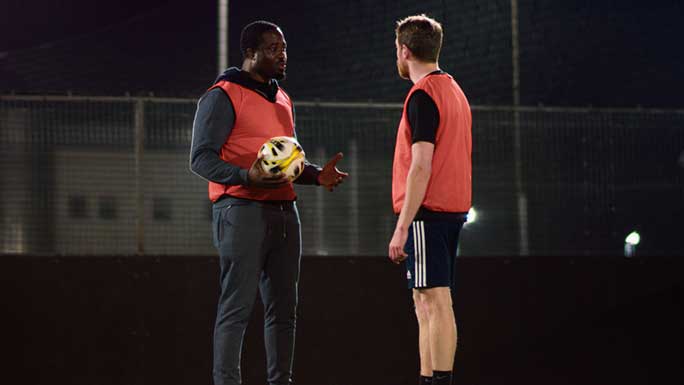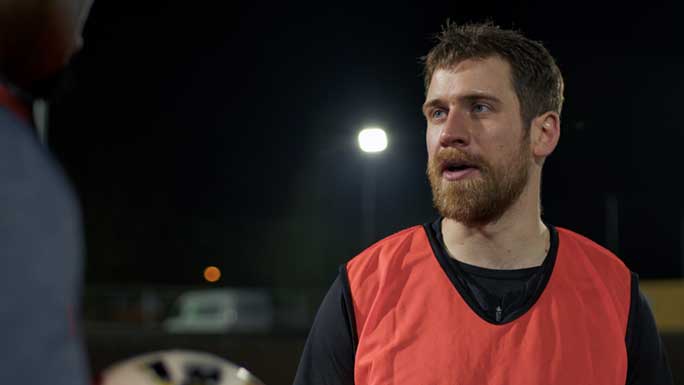Dynamic Running Therapy
There is a new therapy recently developed which is designed to get people off ‘the couch’ and outdoors. Designed to help more men seek help for depression and anxiety it is new, it is exciting, and at the same time, it is a little bit odd. Here is what you need to know about DRT and how it may help you.
When people talk about having therapy, the same image will pop into the majority of people head. The couch. Where one may sit and divulge all life issues whilst a therapist sits opposite, nodding understandably. For most, this is fine, and what they need. However, there is a new form of psychotherapeutic counselling where the sofa is swapped for running shoes and the treatment room is swapped for the great outdoors.
London based psychotherapist William Pullen developed DRT about 8 years ago after a hard break-up when he took up running as a way to take his mind off of it. He ran with a friend who was going through a divorce and found that whilst running they would talk about their problems and noticed that the combination of running and talking was a great help. “Somehow it felt as if one were being proactive, like I was addressing it” says Pullen “And I think as a man it helps because you want to do things.”
The idea is that the patient and professional jog side by side during sessions, blending traditional talking therapy with natural movement. It is designed to bring the mind and the body back together. "When you run side by side, you know that I'm taking every step you're taking, which is very different to the power dynamic in regular therapy where you've got to show up at my office and then we face off with each other." There is of course a major advantage to this type of therapy; simply being out in the fresh air, keeping fit and using your own body to generate natural mood-boosting endorphins.
Although DRT can be done by both male and female patients, it is aimed at men, and Pullen has hypothesised that the informality and sense of physical progress could really attract men to this type of therapy. A study last year revealed that men only men only make up a third of patients receiving counselling for depression or anxiety, and anything that can be done to make them feel more comfortable can only be a good thing.
So, what if you can’t run? Don’t worry! Pullen makes is clear that this type of therapy is not a training session and patients are just as likely to want to walk as run, depending on their fitness levels.
Coming across this type of therapy, at first I thought, how very strange, but when you look into it, and understand how it will help, actually it is somewhat genius. In a time when health and fitness is at the forefront of the media and in people’s minds, it just makes sense.










